4-Methylsalicylic acid
Synonym(s):m-Cresotic acid;2-Hydroxy-4-methylbenzoic acid
- CAS NO.:50-85-1
- Empirical Formula: C8H8O3
- Molecular Weight: 152.15
- MDL number: MFCD00002454
- EINECS: 200-068-3
- SAFETY DATA SHEET (SDS)
- Update Date: 2025-01-27 09:38:02
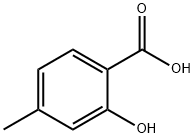
What is 4-Methylsalicylic acid?
Chemical properties
4-Methylsalicylic acid is white to greyish-beige powder
The Uses of 4-Methylsalicylic acid
4-Methylsalicylic acid is similar to salicylic acid. Used in manufacturing of dyes.
The Uses of 4-Methylsalicylic acid
4-Methylsalicylic acid was used to inhibit the medium chain acyl- CoA synthetase.
The Uses of 4-Methylsalicylic acid
In manufacture of dyes.
What are the applications of Application
4-Methylsalicylic acid is an inhibitor of ACSM (medium chain acyl-CoA synthetase)
Definition
4-Methylsalicylic acid is a monohydroxybenzoic acid consisting of salicylic acid having a methyl group at the 4-position.
General Description
The heteroleptic tris-cyclometalated iridium(III) complex with 4-methylsalicylic acid (Msal) was synthesized and characterized.
Purification Methods
Crystallise the acid from water. It sublimes at 130o/11mm. [Beilstein 10 H 233, 10 II 137, 10 III 521, 10 IV 617.]
Properties of 4-Methylsalicylic acid
| Melting point: | 173-177 °C (lit.) |
| Boiling point: | 234.6°C (rough estimate) |
| Density | 1.2143 (rough estimate) |
| refractive index | 1.4945 (estimate) |
| storage temp. | Inert atmosphere,Room Temperature |
| solubility | Chloroform (Slightly, Sonicated), DMSO (Slightly), Methanol (Slightly) |
| form | Powder |
| pka | pK1:3.17 (25°C) |
| color | White to grayish-beige |
| Water Solubility | Soluble in water 10 g/L @ 20℃. |
| Merck | 14,2580 |
| BRN | 2208140 |
| CAS DataBase Reference | 50-85-1(CAS DataBase Reference) |
| NIST Chemistry Reference | 2-Hydroxy-4-methylbenzoic acid(50-85-1) |
Safety information for 4-Methylsalicylic acid
| Signal word | Warning |
| Pictogram(s) |
 Exclamation Mark Irritant GHS07 |
| GHS Hazard Statements |
H302:Acute toxicity,oral H315:Skin corrosion/irritation H319:Serious eye damage/eye irritation H335:Specific target organ toxicity, single exposure;Respiratory tract irritation |
| Precautionary Statement Codes |
P261:Avoid breathing dust/fume/gas/mist/vapours/spray. P305+P351+P338:IF IN EYES: Rinse cautiously with water for several minutes. Remove contact lenses, if present and easy to do. Continuerinsing. |
Computed Descriptors for 4-Methylsalicylic acid
| InChIKey | NJESAXZANHETJV-UHFFFAOYSA-N |
4-Methylsalicylic acid manufacturer
JSK Chemicals
2Y
Phone:+91-9879767970
Whatsapp: +91-9879767970
product: 4-Methylsalicylic acid, 99% 99%
New Products
Tetrabutylammonium iodide (3,3-DIFLUOROCYCLOBUTYL)METHANOL 4,4-DIFLUOROCYCLOHEXANAMINE Cyclobutylamine (S)-3-Fluoro-pyrrolidine hydrochloride 3-Oxocyclobutanecarboxylic acid N-Hydroxy-2-methylpropanimidamide L-tert-Leucine,97% 2-Bromophenylacetonitrile, 97% Aluminum oxide, basic Calcium hydroxide, 95% Diallylamine, 99% 2-Iodobenzoic Acid 3-Methoxybenzonitrile Pentachlorobenzonitrile Chloral Dibenzoyl Peroxide Titanium Dioxide O-Benzylhydroxylamine Hydrochloride 2-Nitrobenzaldehyde 2-Picolylamine (2-Aminomethylpyridine) 2-Venylpyridine Ethyl-2-Chloroacetoacetate 4-Dimethylamine PyridineRelated products of tetrahydrofuran
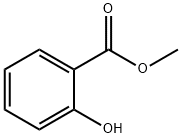
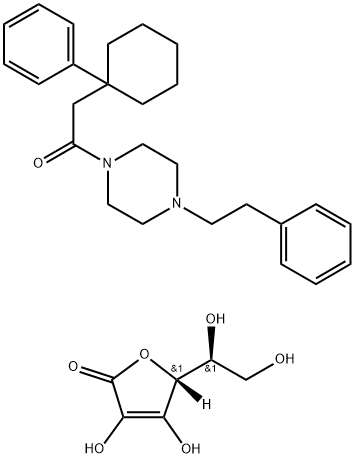

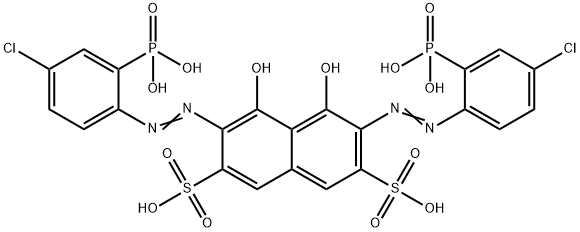
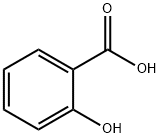
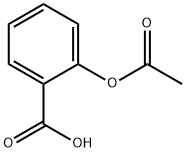
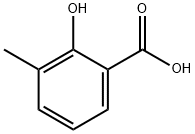
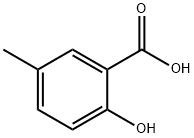
You may like
-
 4-Methylsalicylic acid, 99% 99%View Details
4-Methylsalicylic acid, 99% 99%View Details
50-85-1 -
 4-Methylsalicylic acid CAS 50-85-1View Details
4-Methylsalicylic acid CAS 50-85-1View Details
50-85-1 -
 4-Methylsalicylic acid, 99% CAS 50-85-1View Details
4-Methylsalicylic acid, 99% CAS 50-85-1View Details
50-85-1 -
 4-Methylsalicylic Acid CAS 50-85-1View Details
4-Methylsalicylic Acid CAS 50-85-1View Details
50-85-1 -
 4-Methylsalicylic acid CAS 50-85-1View Details
4-Methylsalicylic acid CAS 50-85-1View Details
50-85-1 -
 1126-74-5 3-Pyridineacrylic acid 98+View Details
1126-74-5 3-Pyridineacrylic acid 98+View Details
1126-74-5 -
 TETRABUTYLAMMONIUM CYANIDE 10442-39-4 98+View Details
TETRABUTYLAMMONIUM CYANIDE 10442-39-4 98+View Details
10442-39-4 -
 19752-84-2 TETRAHYDRO-2H-PYRAN-3-OL 98+View Details
19752-84-2 TETRAHYDRO-2H-PYRAN-3-OL 98+View Details
19752-84-2
Statement: All products displayed on this website are only used for non medical purposes such as industrial applications or scientific research, and cannot be used for clinical diagnosis or treatment of humans or animals. They are not medicinal or edible.